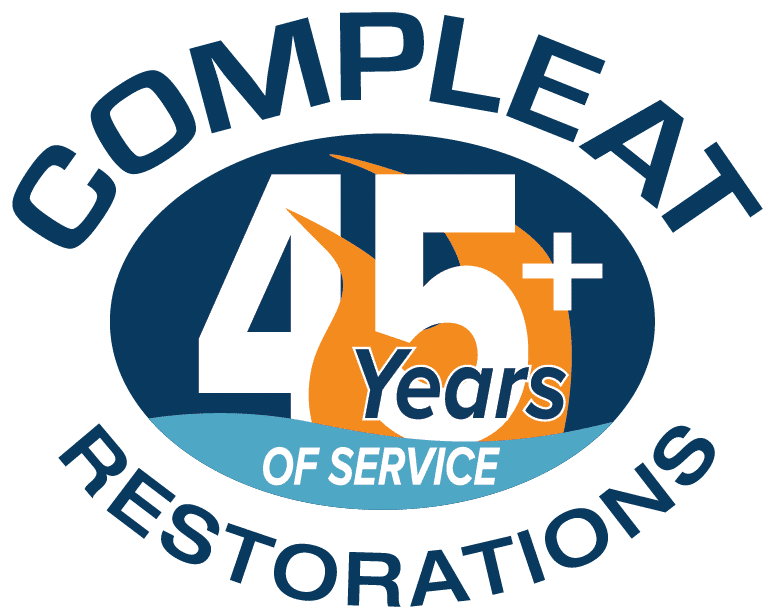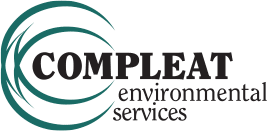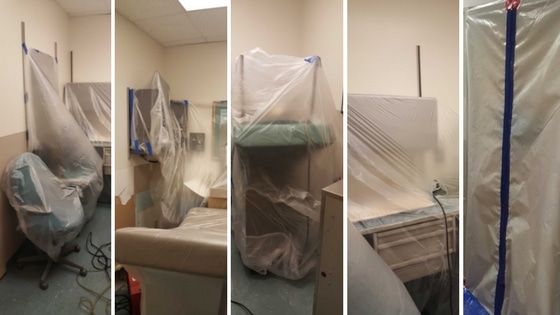Infection control is the aspect that most people overlook during a commercial loss. Instead, business owners focus on damage costs, business continuity, and other safety concerns. Yet, it is important to hire a professional company to cut the risk of infection when:
- Healthcare services occur within the facility
- Sensitive Immuno population such as children, infirmed or elderly are present
- Mold exists
- Airborne dust or debris exists
Follow these 10 steps to deploy infection control. Do not skip steps to speed the process along.
Refer to the Infection Control Risk Assessment Protocol (ICRA).
This is a decision criteria document. It helps understand risk level and what steps are necessary to reduce it. ICRAs are often found in healthcare organizations. Their accepted guidelines are also effective for complex commercial property losses.
Seal entryways, open areas, and HVAC system vents with 6 mils plastic sheeting. Tape seams shut.
Airborne infections are difficult to control. They are mobile and hard to see. The risk of contamination increases when airflow combines with moving building material.
Post ICRA protocol.
Anyone near an active site must be aware of expectations upon entering. Workers and inspectors are accountable to these rules.
Install walk-off mats in all entryways.
Worksites may call for a decontamination room when the exposure rate is high. Lay a sticky walk-off mat in the entryway. This prevents contamination from one area to the next. Change mats daily.
Use negative air systems in areas of high infection.
Use commercial air scrubbers and negative air systems. These systems pull bad air out of the building and replace it with fresh air. They are best used by professionals.
Use a true HEPA vacuum to remove dust and debris.
Suspected infection sites need constant cleaning. HEPA vacuuming contains dust and infection particles.
Use Personal Protective Equipment (PPE).
All personnel must wear PPE including gloves and booties. Eye protection and dust masks may be necessary. Additional PPE may be required depending on the infection.
Remove all debris, tools, and equipment in a covered cart.
This prevents exposing it to non-affected areas as it leaves the building. Moreover, next visit prevents further contamination.
Decontaminate equipment after leaving the job site.
Clean all tools and equipment after leaving the job site. Sanitize with an antimicrobial.
Start terminal cleaning.
After finishing a project, it should receive a deep, detailed clean and sanitation using commercial grade products. This will control the spread of infections.
If unsure about any steps, it’s best to hire a professional to deploy infection control. Compleat Restorations help businesses minimize the risk of infection and contamination during complex commercial property losses.



